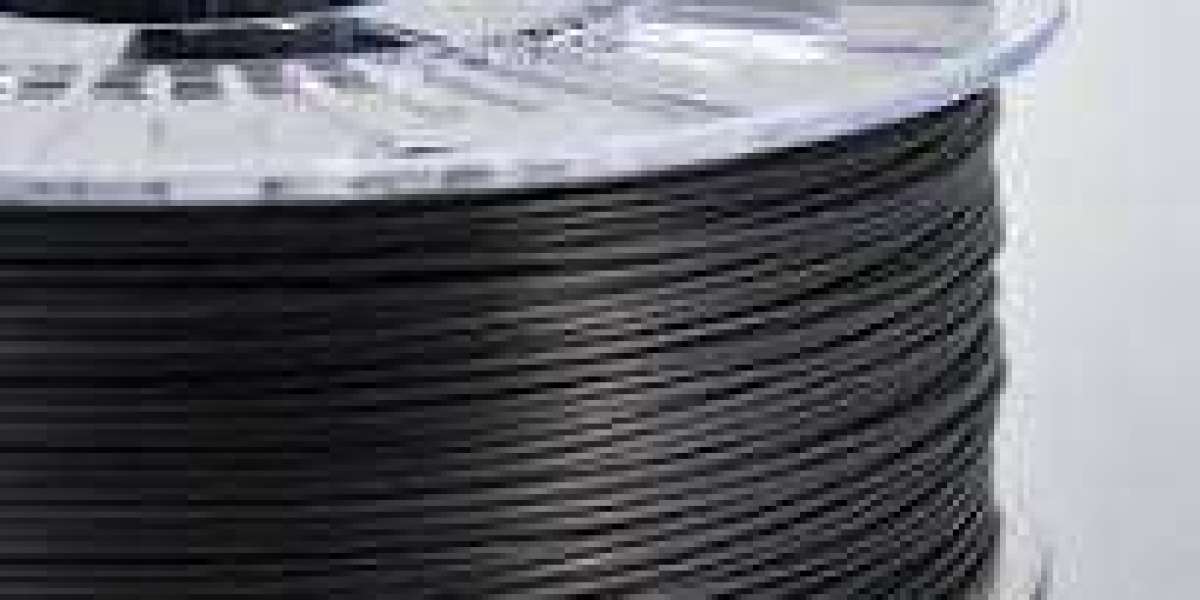However, ABS comes with challenges, including warping, odor, and sensitivity to temperature fluctuations. To maximize the efficiency of ABS filament, understanding these challenges and employing strategic adjustments can greatly improve print quality, minimize material waste, and enhance printing speed. This article explores key techniques to optimize the use of ABS filament for efficient, high-quality results.
1. Temperature Control and Enclosure Use
One of the main challenges with ABS filament is its tendency to warp due to rapid cooling, which causes uneven layer adhesion. Maintaining a consistent temperature is essential for preventing warping and achieving strong interlayer bonding.
Solution: Using an enclosed printer or adding a DIY enclosure can help retain heat around the print area, minimizing temperature fluctuations and preventing warping. Enclosures also protect the print from drafts and environmental changes, helping maintain uniform temperature distribution. Additionally, keeping the extruder temperature around 220-250°C and the heated bed at 90-110°C can further enhance the filament’s efficiency by promoting better layer adhesion.
2. Optimizing Print Speed and Layer Height
ABS benefits from moderate printing speeds to ensure smooth extrusion and strong layer bonding. Faster speeds can cause weak adhesion, while overly slow speeds may lead to oozing and filament waste.
Solution: For optimal results, set the print speed between 30-60 mm/s, depending on the complexity of the model. Lowering layer height to around 0.2 mm or smaller also improves surface finish, leading to fewer imperfections and minimizing the need for reprints. Fine-tuning these parameters for each project ensures that ABS filament is used efficiently, with fewer failed prints and less material waste.
3. Minimizing Odor and Fumes
ABS emits noticeable fumes during printing, which, if not properly managed, can lead to discomfort and potential health concerns. Although ABS is known for its industrial-grade quality, improving its usability means addressing these fumes for a safer printing experience.
Solution: A well-ventilated workspace or an enclosed printer with air filtration, such as a HEPA or carbon filter, can effectively manage ABS fumes. By using such systems, print efficiency improves, as users can work safely and comfortably for longer periods, even when working on larger or more complex ABS projects.
4. Improving Adhesion with Bed Treatments
Efficient ABS printing requires a strong foundation to avoid print shifts and warping. While a heated bed is crucial, additional bed treatments can further enhance adhesion, resulting in more reliable prints and reducing filament waste.
Solution: Applying adhesive agents like ABS slurry, glue stick, or specialized bed tapes provides a secure base for ABS prints, minimizing the chances of print detachment. Many users also find that printing on glass with a thin layer of adhesive or using a PEI sheet creates a smoother bottom layer and enhances adhesion, reducing the risk of failed prints.
5. Reducing Support Structures and Material Waste
Support structures, while often necessary, can consume significant amounts of ABS filament. Minimizing the use of supports without compromising print quality can help improve material efficiency.
Solution: Design optimization techniques, such as reorienting the model to reduce overhangs or using adaptive support structures, can significantly cut down on material waste. Additionally, tuning settings like support density and placement ensures that only essential supports are used, allowing for easier post-processing and reducing filament consumption.
Conclusion
Improving the efficiency of ABS filaments involves a mix of temperature management, printing speed adjustments, workspace ventilation, and optimized adhesion methods. By incorporating these techniques, users can maximize ABS filament’s potential while minimizing material waste, print failures, and environmental impacts. With a few strategic adjustments, ABS filament becomes not only more efficient but also more accessible for producing durable, professional-quality prints in a wide range of applications.








